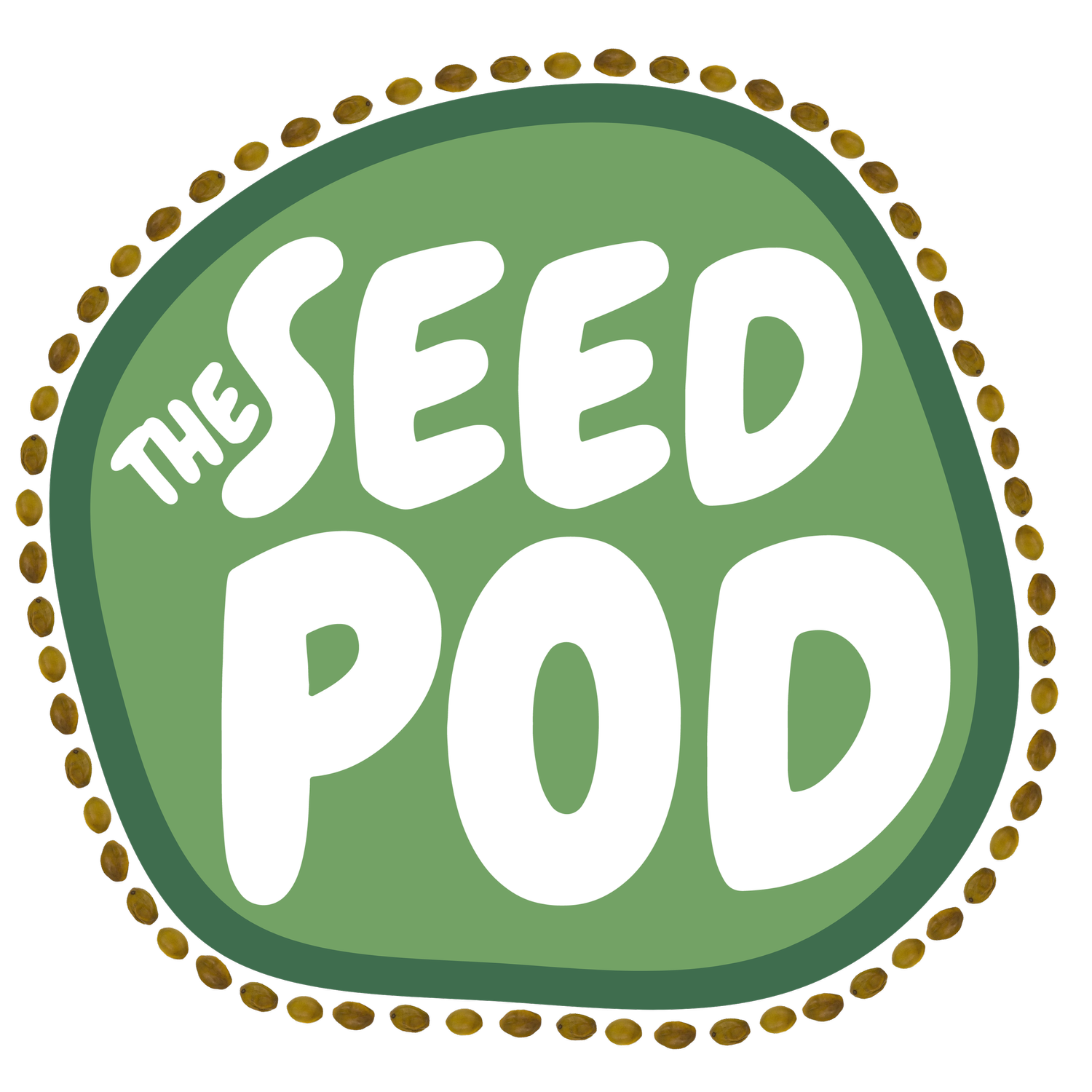Places for Penguins
At the beginning of 2016 I signed up to several university environmental clubs to check out what I could get involved with extra-curricular. The Society for Conservation Biology caught my eye, not because of the hilarious animal sperm matching game you had to play to win Vic Books vouchers, but the people who were passionate and captivating. I signed up straight away and found out more about their programmes, ‘Places for Penguins’ being one of these.
Wellington is a beautiful city full of conservation opportunities, all very accessible to the public. I love the spirit and unity seen through various events, volunteering opportunities and general everyday life. The people are confident, expressive and caring… obviously I can’t speak for all, but for most of the community they are just that.
My first Places for Penguins event was a rubbish clean up along the bay where we monitor Little Blue Penguins (kororā). For the safety of these penguins I will not publicly announce the location on the blog, but I will say it is very picturesque and a wonderful location to take a break from study at. It was somewhat uplifting to not fill the whole rubbish bag with the junk left behind by people in this location. It made me believe that we could see a future with less rubbish polluting our environments. This community was doing well. Along the way we checked both the A24 traps set out along the coast and the nest boxes, getting to know the route to take was difficult but I feel we have nailed this now!
Monitoring these adorable Little Blue Penguins can be very rewarding. Each time my monitoring partner Alice and I have monitored, we have been extremely lucky to have at least one box occupied. There is a whole sheet of data we must record at each box and A24 trap ranging from the temperature external and internal to the box, time, weather, any issues, number of adults/ chicks, number of rodents decomposing for traps and the count on traps. We often rebait the A24’s with peanut butter or chocolate baits which entice the unwanted visitors into the trap head, humanely killing the rodents instantly with a blow to the head.
We monitor around three times each university year and the monitoring takes around two hours plus travel. I am glad to be able to help protect these wonderful animals as they face so many human introduced threats today. The urbanisation of coastal areas is an issue not only for these penguins taking away potential nesting sites, but it introduces predators to these areas, more rodents and cars (many penguins are sadly killed by traffic). I hope to be able to do my part in making sure these Little Blue Penguins stand a chance in the future.
Places for Penguins is a great programme to get involved with, there are plenty of volunteering opportunities including rubbish clean-ups, weeding, planting days and monitoring so be sure to check them out online if you are keen to lend a hand.



